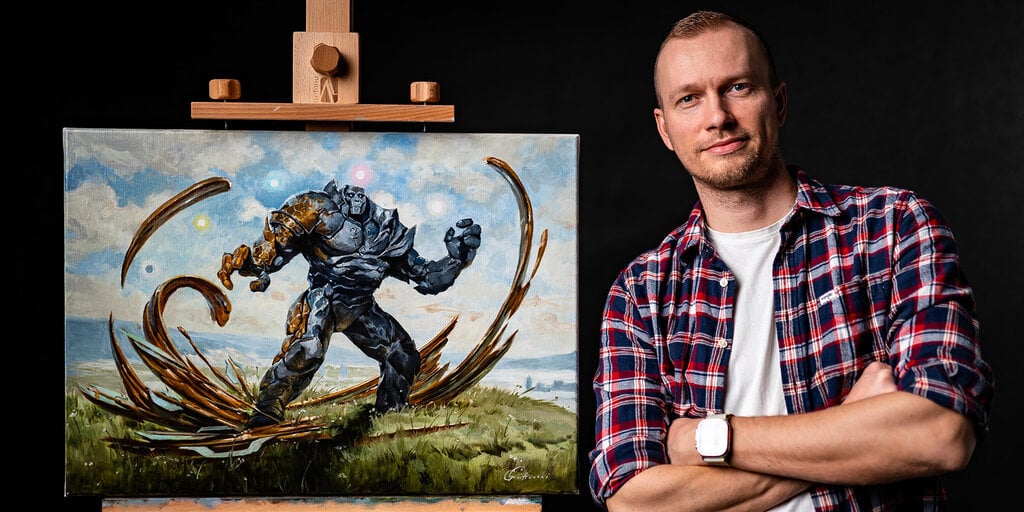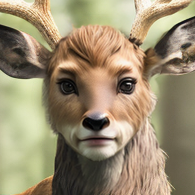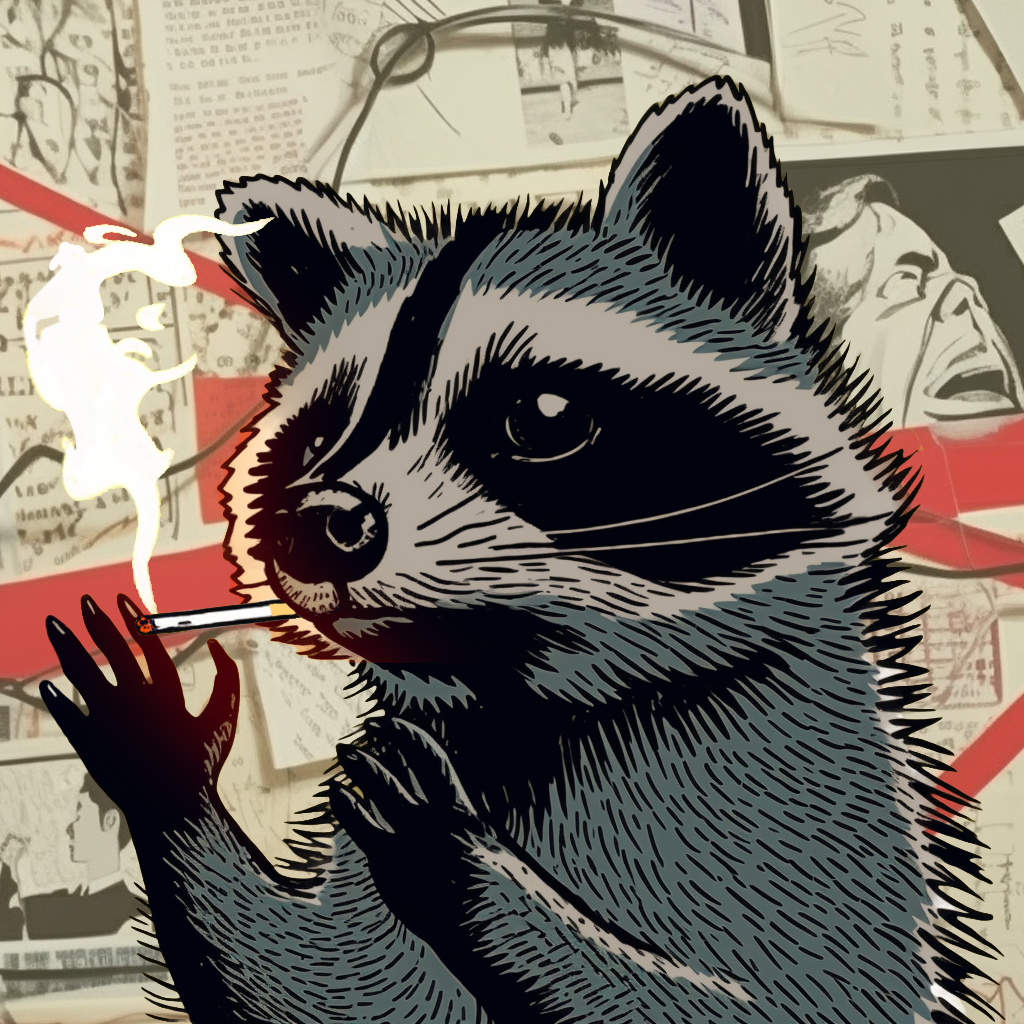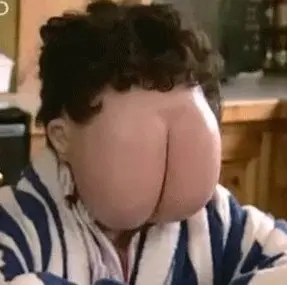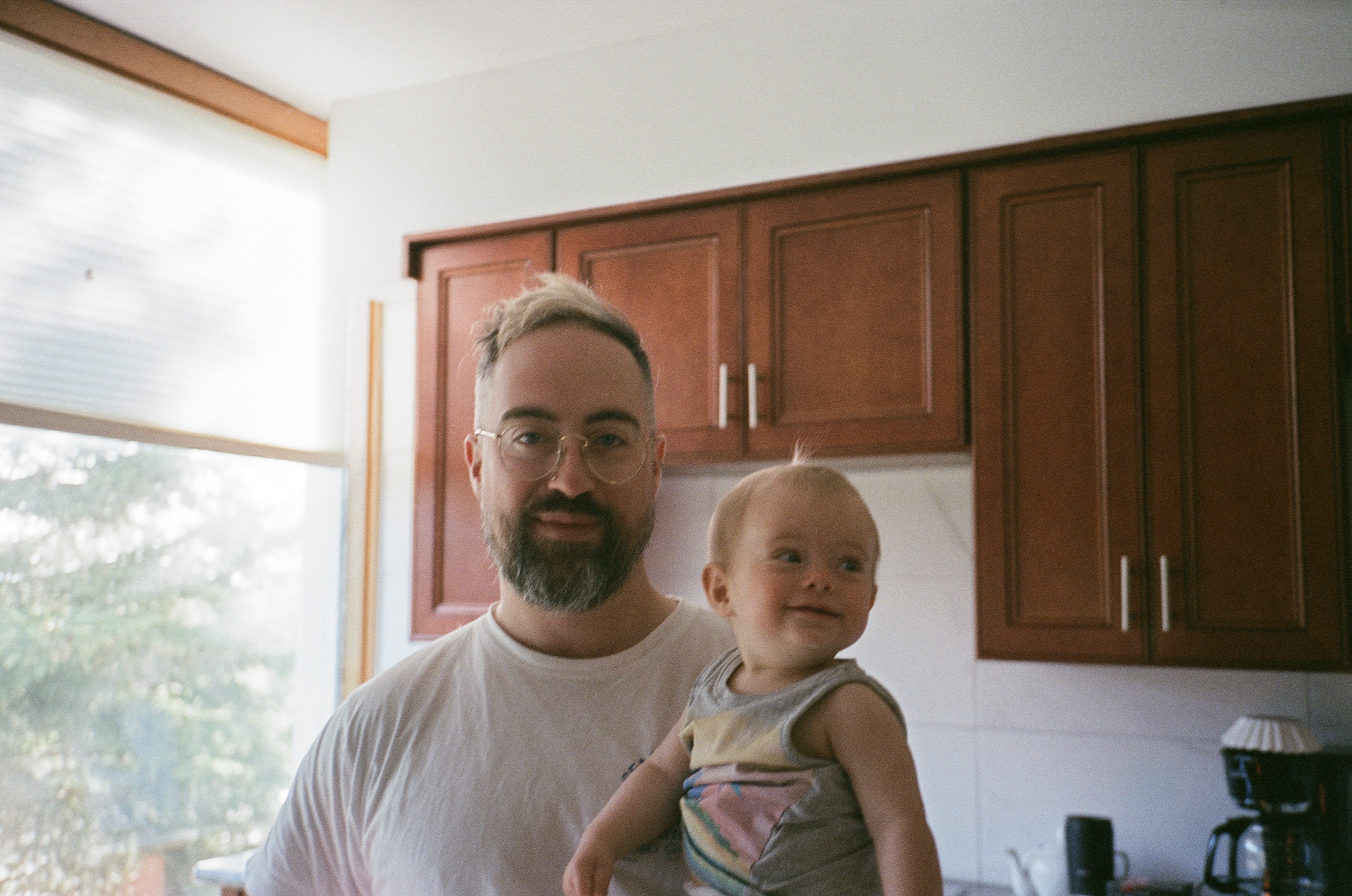Greg Rutkowski, a digital artist known for his surreal style, opposes AI art but his name and style have been frequently used by AI art generators without his consent. In response, Stable Diffusion removed his work from their dataset in version 2.0. However, the community has now created a tool to emulate Rutkowski’s style against his wishes using a LoRA model. While some argue this is unethical, others justify it since Rutkowski’s art has already been widely used in Stable Diffusion 1.5. The debate highlights the blurry line between innovation and infringement in the emerging field of AI art.
While some argue this is unethical, others justify it since Rutkowski’s art has already been widely used in Stable Diffusion 1.5.
What kind of argument is that supposed to be? We’ve stolen his art before so it’s fine? Dickheads. This whole AI thing is already sketchy enough, at least respect the artists that explicitly want their art to be excluded.
His art was not “stolen.” That’s not an accurate word to describe this process with.
It’s not so much that “it was done before so it’s fine now” as “it’s a well-understood part of many peoples’ workflows” that can be used to justify it. As well as the view that there was nothing wrong with doing it the first time, so what’s wrong with doing it a second time?
pirating photoshop is a well-understood part of many peoples’ workflows. that doesn’t make it legal or condoned by adobe
I don’t know what this has to do with anything. Nothing was “pirated”, either.
i’m not making a moral comment on anything, including piracy. i’m saying “but it’s part of my established workflow” is not an excuse for something morally wrong.
only click here if you understand analogy and hyperbole
if i say “i can’t write without kicking a few babies first”, it’s not an excuse to keep kicking babies. i just have to stop writing, or maybe find another workflow
The difference is that kicking babies is illegal whereas training and running an AI is not. Kind of a big difference.
did you click the thing saying that you understand analogies?
You’re using an analogy as the basis for an argument. That’s not what analogies are for. Analogies are useful explanatory tools, but only within a limited domain. Kicking a baby is not the same as creating an artwork, so there are areas in which they don’t map to each other.
You can’t dodge flaws in your argument by adding a “don’t respond unless you agree with me” clause on your comment.
deleted by creator
Well said. Copyright is whatever, but the disrespect shown here is remarkable.
We will probably all have to get used to this soon because I can see the same happening to authors, journalists and designers. Perhaps soon programmers, lawyers and all kinds of other people as well.
It’s interesting how people on Lemmy pretend to be all against big corporations and capitalism and then they happily indulge in the process of making artists jobless becaus “Muh technology cool!”. I don’t know the English word to describe this situation. In German I would say “Tja…”
deleted by creator
Just as quickly as people disregard the human art enjoyer, who now has access to a powerful tool to create art undreamed of a year ago.
I have found over the years that forums that claim to be about various forms of art are almost always really about the artists that make that art, and have little to no regard for the people who are there just for the art itself. The AI art thing is just the latest and most prominent way of revealing this.
Here’s my argument: tough titties. Everything Greg Rutkowski has ever drawn or made has been inspired by other things he has seen and the experiences of his life, and this applies to all of us. Indeed, one cannot usually have experiences without the participation of others. Everyone wants to think they are special, and of course we are to someone, but to everyone no one is special. Since all of our work is based upon the work of everyone who came before us, then all of our work belongs to everyone. So tough fucking titties, welcome to the world of computer science, control c and control v is heavily encouraged.
In that Beatles documentary, Paul McCartney said he thought that once you uttered the words into the microphone, it belonged to everyone. Little did he know how right he actually was.
You think there is a line between innovation and infringement? Wrong, They are the same thing.
And for the record, I’m fine with anyone stealing my art. They can even sell it as their own. Attribution is for the vain.
Greg wants to get paid, remove the threat of poverty from the loss of control and its a nonissue.
I think people forget the reality when they take their supposedly brave and oh so altruistic stance of “there should be no copyright”.
When people already know they won’t even have a small chance of getting paid for the art they create, we will run out of artists.
Because most can not afford to learn and practice that craft without getting any form of payment. It will become a very rare hobby of a few decadent rich people who can afford to learn something like illustration in their free time.
You’re fine with someone stealing your art and selling it?
A sad fact but undeniable truth. I work in the industry. It’s standard for us to do mood boards. I have a lot hate relationship with them because it can be helpful to hone the design to a client’s liking and get your bearings. But, the fact it’s essentially what AI is doing by “borrowing” existing art as a reference. It’s the exact same thing. And that’s why I hate doing it. Because I don’t want to take someone’s button or background pattern.
Regardless of how I feel, I still can’t recognize AI as being “stealing” but industry accepted practices that do the exact same thing aren’t?
If a company stole your art and copyrighted it such that it no longer belonged to everyone, in the same way that a Beatles record cannot be freely and openly shared, would you be fine with that?
What blurry line? An artist doesn’t what his art stolen from him. Seems pretty cut and dry to me.
I don’t disagree but stolen is a bit of a stretch
AI art is factually not art theft. It is creation of art in the same rough and inexact way that we humans do it; except computers and AIs do not run on meat-based hardware that has an extraordinary number of features and demands that are hardwired to ensure survival of the meat-based hardware. It doesn’t have our limitations; so it can create similar works in various styles very quickly.
Copyright on the other hand is, an entirely different and, a very sticky subject. By default, “All Rights Are Reserved” is something that usually is protected by these laws. These laws however, are not grounded in modern times. They are grounded in the past; before the information age truly began it’s upswing.
Fair use generally encompasses all usage of information that is one or more of the following:
- Educational; so long as it is taught as a part of a recognized class and within curriculum.
- Informational; so long as it is being distributed to inform the public about valid, reasonable public interests. This is far broader than some would like; but it is legal.
- Transformative; so long as the content is being modified in a substantial enough manner that it is an entirely new work that is not easily confused for the original. This too, is far broader than some would like; but it still is legal.
- Narrative or Commentary purposes; so long as you’re not copying a significant amount of the whole content and passing it off as your own. Short clips with narration and lots of commentary interwoven between them is typically protected. Copyright is not intended to be used to silence free speech. This also tends to include satire; as long as it doesn’t tread into defamation territory.
- Reasonable, ‘Non-Profit Seeking or Motivated’ Personal Use; People are generally allowed to share things amongst themselves and their friends and other acquaintances. Reasonable backup copies, loaning of copies, and even reproduction and presentation of things are generally considered fair use.
In most cases AI art is at least somewhat Transformative. It may be too complex for us to explain it simply; but the AI is basically a virtual brain that can, without error or certain human faults, ingest image information and make decisions based on input given to it in order to give a desired output.
Arguably; if I have license or right to view artwork; or this right is no longer reserved, but is granted to the public through the use of the World Wide Web…then the AI also has those rights. Yes. The AI has license to view, and learn from your artwork. It just so happens to be a little more efficient at learning and remembering than humans can be at times.
This does not stop you from banning AIs from viewing all of your future works. Communicating that fact with all who interact with your works is probably going to make you a pretty unpopular person. However; rightsholders do not hold or reserve the right to revoke rights that they have previously given. Once that genie is out of the bottle; it’s out…unless you’ve got firm enough contract proof to show that someone agreed to otherwise handle the management of rights.
In some cases; that proof exists. Good luck in court. In most cases however; that proof does not exist in a manner that is solid enough to please the court. A lot of the time; we tend to exchange, transfer and reserve rights ephemerally…that is in a manner that is not strictly always 100% recognized by the law.
Gee; Perhaps we should change that; and encourage the reasonable adaptation and growth of Copyright to fairly address the challenges of the information age.
deleted by creator
It doesn’t change anything you said about copyright law, but current-gen AI is absolutely not “a virtual brain” that creates “art in the same rough and inexact way that we humans do it.” What you are describing is called Artificial General Intelligence, and it simply does not exist yet.
Today’s large language models (like ChatGPT) and diffusion models (like Stable Diffusion) are statistics machines. They copy down a huge amount of example material, process it, and use it to calculate the most statistically probable next word (or pixel), with a little noise thrown in so they don’t make the same thing twice. This is why ChatGPT is so bad at math and Stable Diffusion is so bad at counting fingers – they are not making any rational decisions about what they spit out. They’re not striving to make the correct answer. They’re just producing the most statistically average output given the input.
Current-gen AI isn’t just viewing art, it’s storing a digital copy of it on a hard drive. It doesn’t create, it interpolates. In order to imitate a person’t style, it must make a copy of that person’s work; describing the style in words is insufficient. If human artists (and by extension, art teachers) lose their jobs, AI training sets stagnate, and everything they produce becomes repetitive and derivative.
None of this matters to copyright law, but it matters to how we as a society respond. We do not want art itself to become a lost art.
Current-gen AI isn’t just viewing art, it’s storing a digital copy of it on a hard drive.
This is factually untrue. For example, Stable Diffusion models are in the range of 2GB to 8GB, trained on a set of 5.85 billion images. If it was storing the images, that would allow approximately 1 byte for each image, and there are only 256 possibilities for a single byte. Images are downloaded as part of training the model, but they’re eventually “destroyed”; the model doesn’t contain them at all, and it doesn’t need to refer back to them to generate new images.
It’s absolutely true that the training process requires downloading and storing images, but the product of training is a model that doesn’t contain any of the original images.
None of that is to say that there is absolutely no valid copyright claim, but it seems like either option is pretty bad, long term. AI generated content is going to put a lot of people out of work and result in a lot of money for a few rich people, based off of the work of others who aren’t getting a cut. That’s bad.
But the converse, where we say that copyright is maintained even if a work is only stored as weights in a neural network is also pretty bad; you’re going to have a very hard time defining that in such a way that it doesn’t cover the way humans store information and integrate it to create new art. That’s also bad. I’m pretty sure that nobody who creates art wants to have to pay Disney a cut because one time you looked at some images they own.
The best you’re likely to do in that situation is say it’s ok if a human does it, but not a computer. But that still hits a lot of stumbling blocks around definitions, especially where computers are used to create art constantly. And if we ever hit the point where digital consciousness is possible, that adds a whole host of civil rights issues.
It’s absolutely true that the training process requires downloading and storing images
This is the process I was referring to when I said it makes copies. We’re on the same page there.
I don’t know what the solution to the problem is, and I doubt I’m the right person to propose one. I don’t think copyright law applies here, but I’m certainly not arguing that copyright should be expanded to include the statistical matrices used in LLMs and DPMs. I suppose plagiarism law might apply for copying a specific style, but that’s not the argument I’m trying to make, either.
The argument I’m trying to make is that while it might be true that artificial minds should have the same rights as human minds, the LLMs and DPMs of today absolutely aren’t artificial minds. Allowing them to run amok as if they were is not just unfair to living artists… it could deal irreparable damage to our culture because those LLMs and DPMs of today cannot take up the mantle of the artists they hedge out or pass down their knowledge to the next generation.
Thanks for clarifying. There are a lot of misconceptions about how this technology works, and I think it’s worth making sure that everyone in these thorny conversations has the right information.
I completely agree with your larger point about culture; to the best of my knowledge we haven’t seen any real ability to innovate, because the current models are built to replicate the form and structure of what they’ve seen before. They’re getting extremely good at combining those elements, but they can’t really create anything new without a person involved. There’s a risk of significant stagnation if we leave art to the machines, especially since we’re already seeing issues with new models including the output of existing models in their training data. I don’t know how likely that is; I think it’s much more likely that we see these tools used to replace humans for more mundane, “boring” tasks, not really creative work.
And you’re absolutely right that these are not artificial minds; the language models remind me of a quote from David Langford in his short story Answering Machine: “It’s so very hard to realize something that talks is not intelligent.” But we are getting to the point where the question of “how will we know” isn’t purely theoretical anymore.
-
How do you know human brains don’t work in roughly the same way chatbots and image generators work?
-
What is art? And what does it mean for it to become “lost”?
He literally just explained why.
No, he just said AI isn’t like human brains because its a “statistical machine”. What I’m asking is how he knows that human brains aren’t statistical machines?
Human brains aren’t that good at direct math calculation either!
Also he definitely didn’t explain what “lost art” is.
-
Current AI models do not learn the way human brains do. And the way current models learn how do “make art” is very different from how human artists do it. To repeatedly try and recreate the work of other artists is something beginners do. And posting these works online was always shunned in artist communities. You also don’t learn to draw a hand by remembering where a thousand different artists put the lines so it looks like a hand.
This is a very nice and thorough comment! Can you provide a reputable source for these points? (no criticism intended: as you seem knowledgeable, I’d trust you could have such reputable sources already selected and at hand, that’s why I’m asking).
Not the poster you’re replying to, but I’m assuming you’re looking for some sort of source that neural networks generate stuff, rather than plagiarize?
Google scholar is a good place to start. You’d need a general understanding of how NNs work, but it ends up leading to papers like this one, which I picked out because it has neat pictures as examples. https://arxiv.org/abs/1611.02200
What this one is doing is taking an input in the form of a face, and turning it into a cartoon. They call it an emoji, cause it’s based on that style, but it’s the same principle as how AI art is generated. Learn a style, then take a prompt (image or text) and do something with the prompt in the style.
Re: Stolen. Not stolen comments Copyright law as interpreted judges is still being worked out on AI. Stay tuned if it’s defined as stolen or not. But even if the courts decide existing copyright law would define training on artists work as legitimate use. The law can change and it still could swing the way of the artist if congress got involved.
My personal opinion, which may not reflect what happens legally is I hope we all get more control over our data and how it’s used and sold. Wether that’s my personal data like my comments, location or my artistic data like my paintings. I think that would be a better world
my take on the subject, as someone who worked both in design and arts, and tech, is that the difficulty in discussing this is more rooted on what is art as opposed to what is theft
we mistakingly call illustrator/design work as art work. art is hard to define, but most would agree it requires some level of expressiveness that emanates from the artist (from the condition of the human existence, to social criticism, to beauty by itself) and that’s what makes it valuable. with SD and other AIs, the control of this aspect is actually in the hands of the AI illustrator (or artist?)
whereas design and illustration are associated with product development and market. while they can contain art in a way, they have to adhere to a specific pipeline that is generally (if not always) for profit. to deliver the best-looking imagery for a given purpose in the shortest time possible
designers and illustrators were always bound to be replaced one way or a another, as the system is always aiming to maximize profit (much like the now old discussions between taxis and uber). they have all the rights to whine about it, but my guess is that this won’t save their jobs. they will have to adopt it as a very powerful tool in their workflow or change careers
on the other hand, artists that are worried, if they think the worth of their art lies solely in a specific style they’ve developed, they are in for an epiphany. they might soon realise they aren’t really artists, but freelance illustrators. that’s also not to mention other posts stating that we always climb on the shoulders of past masters - in all areas
both artists and illustrators that embrace this tool will benefit from it, either to express themselves quicker and skipping fine arts school or to deliver in a pace compatible with the market
all that being said I would love to live in a society where people cared more about progress instead of money. imagine artists and designers actively contributing to this tech instead of wasting time talking fighting over IP and copyright…
There’s a lot of disagreement here on what is theft, what is art, what is copyright… etc
The main issue people have with AI is fundamentally how is it going to be used? I know there isnt much we can do about it now, and its a shame because there it has so much potential good. Everyone defending AI is making a lot of valid points.
But at the end of the day it is a tool that is going to be misused by the rich and powerful to eliminate hundreds of millions of well paying careers, permanently. MOST well paying jobs in fact, not just artists. What the hell are people supposed to do? How is any of this a good thing?
If an image is represented as a network of weighted values describing subtle patterns in the image rather than a traditional grid of pixel color values, is that copy of the image still subject to copyright law?
How much would you have to change before it isn’t? Or if you merged it with another representation, would that change your rights to that image?
It doesn’t matter how you recreate an image, if you recreate someone else’s work that is a violation of copyright.
Stealing someone’s style is a different matter.


